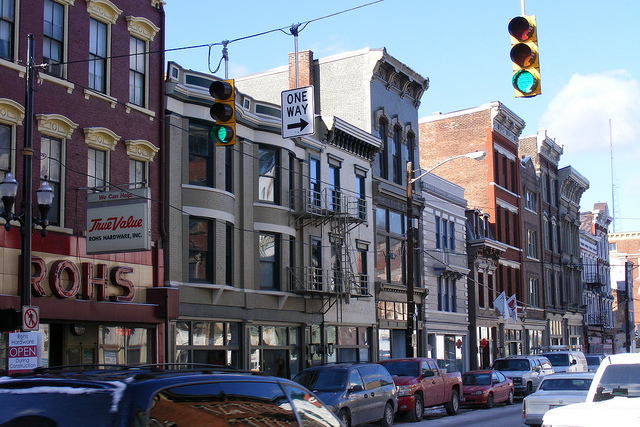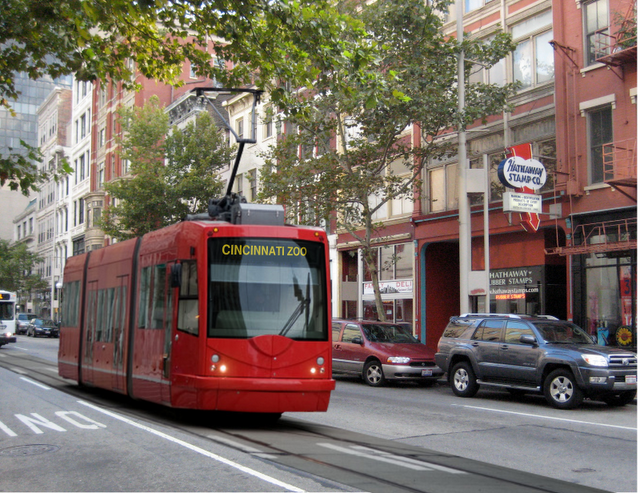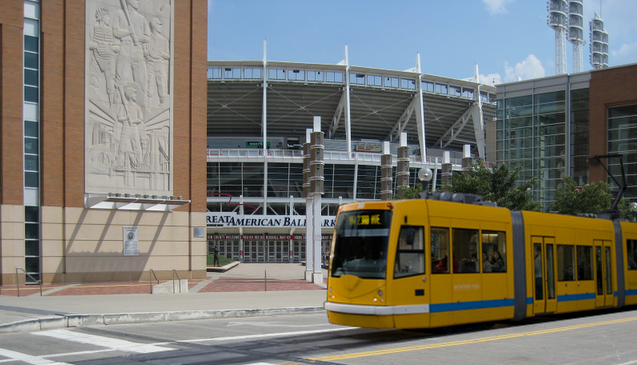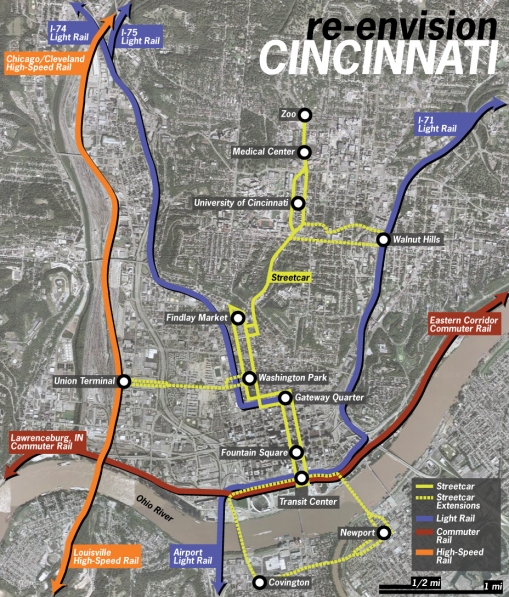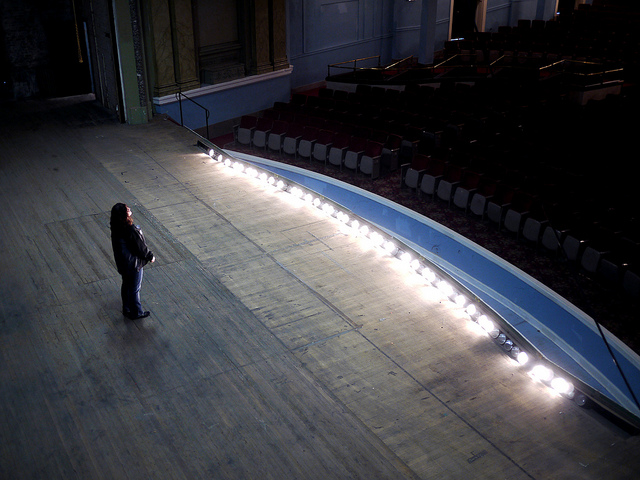Cincinnati Preservation Association (CPA) held their 47th annual awards ceremony this past weekend at Hughes High School. More than 70 people attended the ceremony that honored the best preservation projects throughout the Cincinnati region.
Eight awards were given out, in total, in the categories of rehabilitation and sustainability. According to CPA, two of the awards focused specifically on the restoration of public buildings and spaces.
“Cincinnati’s historic public schools represent civic architecture at its best,” said Paul Muller, Executive Director, Cincinnati Preservation Association. “We are proud to honor Cincinnati Public Schools’ brilliant renovation of Hughes High School and the City’s ongoing stewardship of City Hall, as expressed by the restoration of the beautiful Council Chambers ceiling.”

Ten historic structures along Vine Street were renovated as part of the Parvis Lofts development in Over-the-Rhine.
Projects receiving the remaining awards were distributed across the city. A 1926 home in Hyde Park and an 1896 home in North Avondale won awards for their stately renovations. Meanwhile the renovation of an 1870s structure in Northside won CPA’s sustainability award for achieving LEED Gold certification.
The United Way of Greater Cincinnati also won an award for the renovation of its 77,000-square-foot headquarters in Walnut Hills. CPA officials say that United Way’s structure dates back to 1933 and serves as a monument for the neighborhood.
In Cincinnati’s largest historic district, Over-the-Rhine, two projects won awards for their preservation of 13 total structures. Saengerhalle renovated three deteriorating structures built in the late 1800s into 32,000 square feet of office and commercial space.
A block east of Saengerhalle, the Parvis Lofts project renovated ten vacant buildings into 32 apartments which are fully leased. The $10.7 million development also received awards from the Ohio Historical Society and the Associated Builders & Contractors.
“We were fortunate to have a great team that developed Parvis Lofts,” Rick Kimbler, NorthPointe Group partner, told UrbanCincy. “Collectively, we took ten buildings and melded them into one great complex that the community immediately embraced.”
